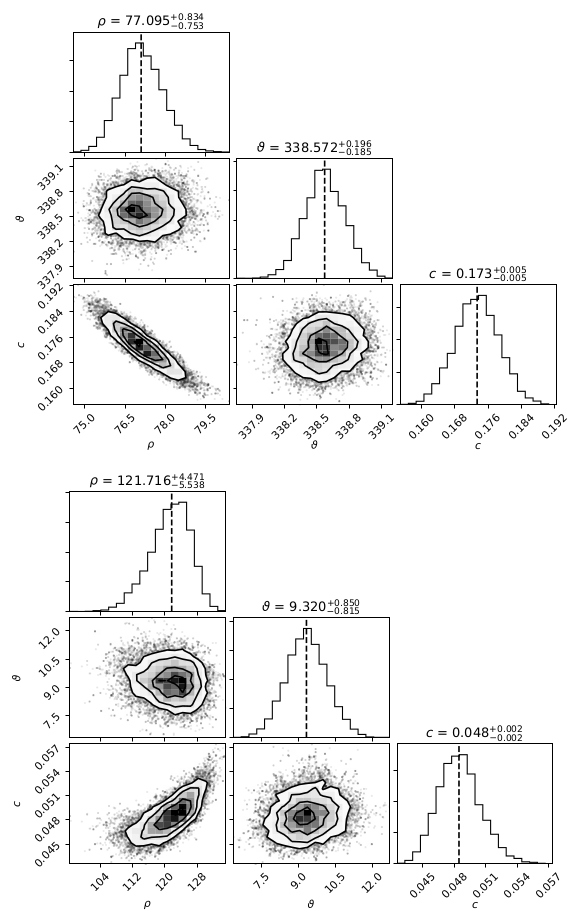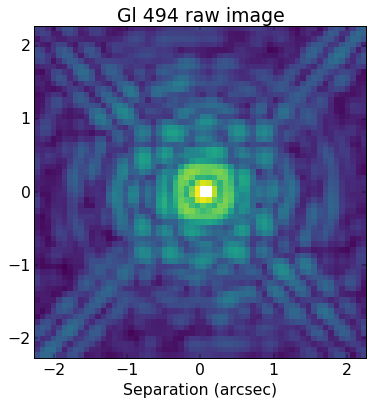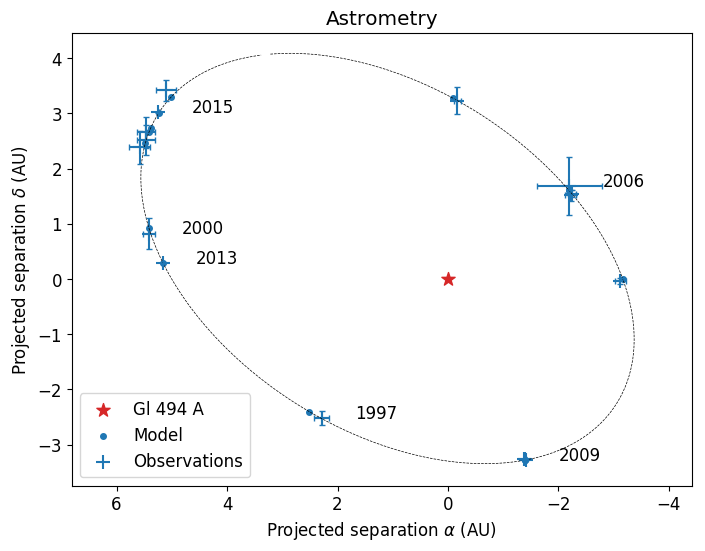In this new publication using the tools developed in the context of the KERNEL project, ANU-based PhD student Jens Kammerer announces the detection of eight low-mass companions to stars observed using VLT/NACO in the L-band, five of which were previously unknown,
Among these new companions, two appear at angular separations ranging between 0.8 and 1.2 λ/D (i.e. 80 and 110mas), demonstrating that from the ground, kernel-phase makes it possible to achieve a resolution better than the traditionally accepted diffraction limit of a telescope.

Congratulations to Jens whose paper was accepted for publication by the Monthly Notices of the Royal Astronomical Society (MNRAS) and should appear in the June 2019 edition of the journal! The preprint version of the paper is already available for download on the arXiv.org website: https://arxiv.org/abs/1903.11252



